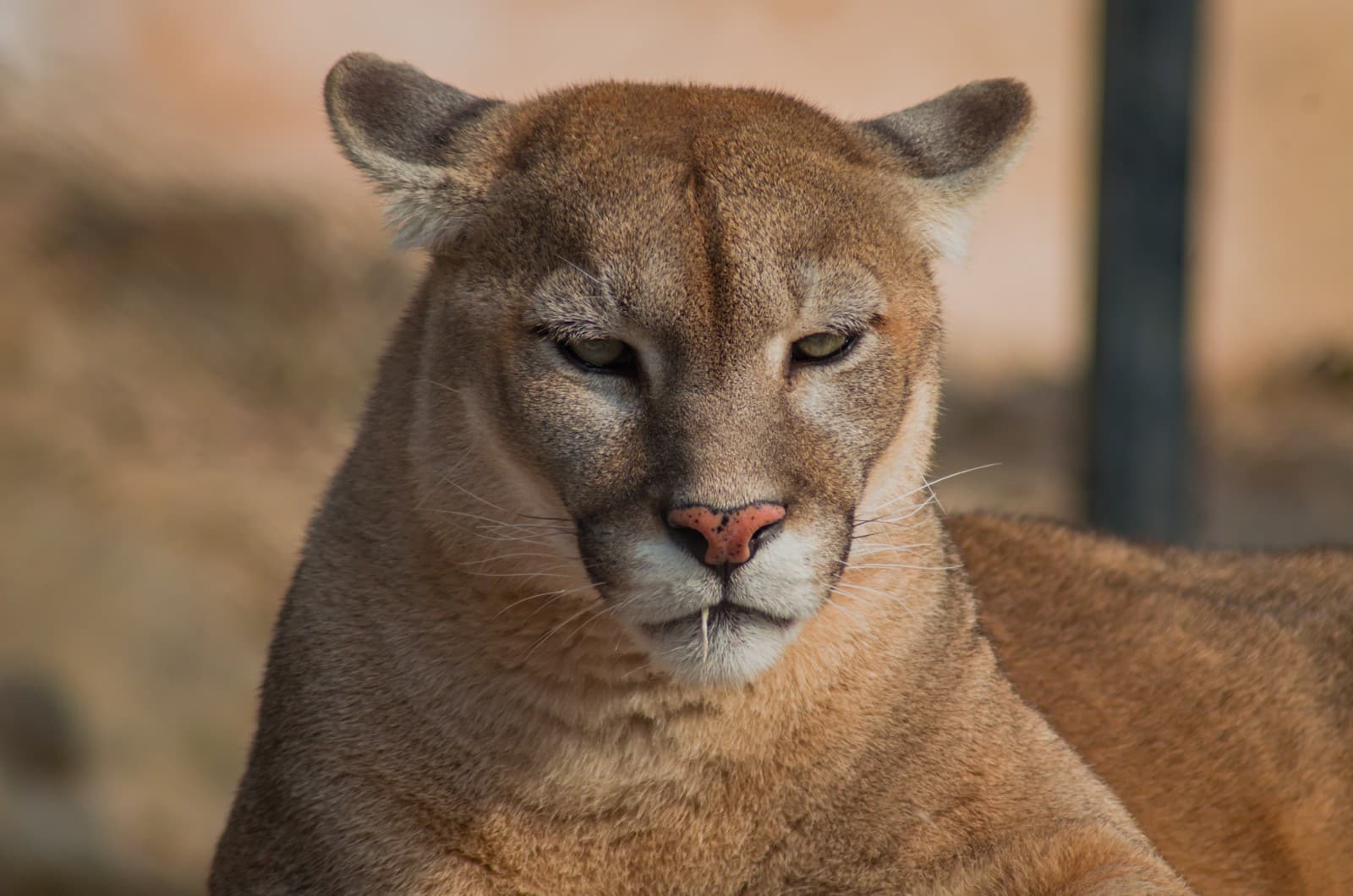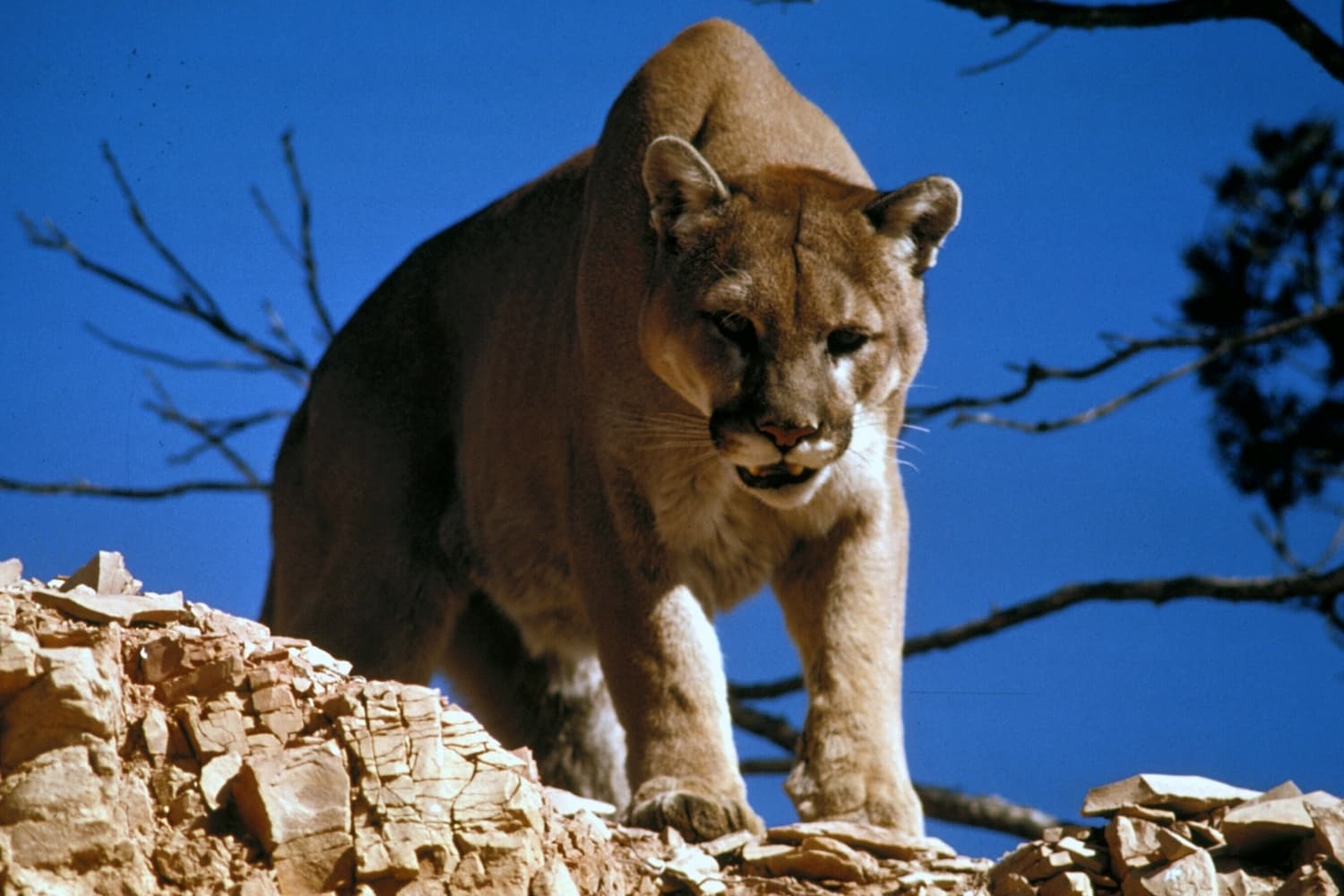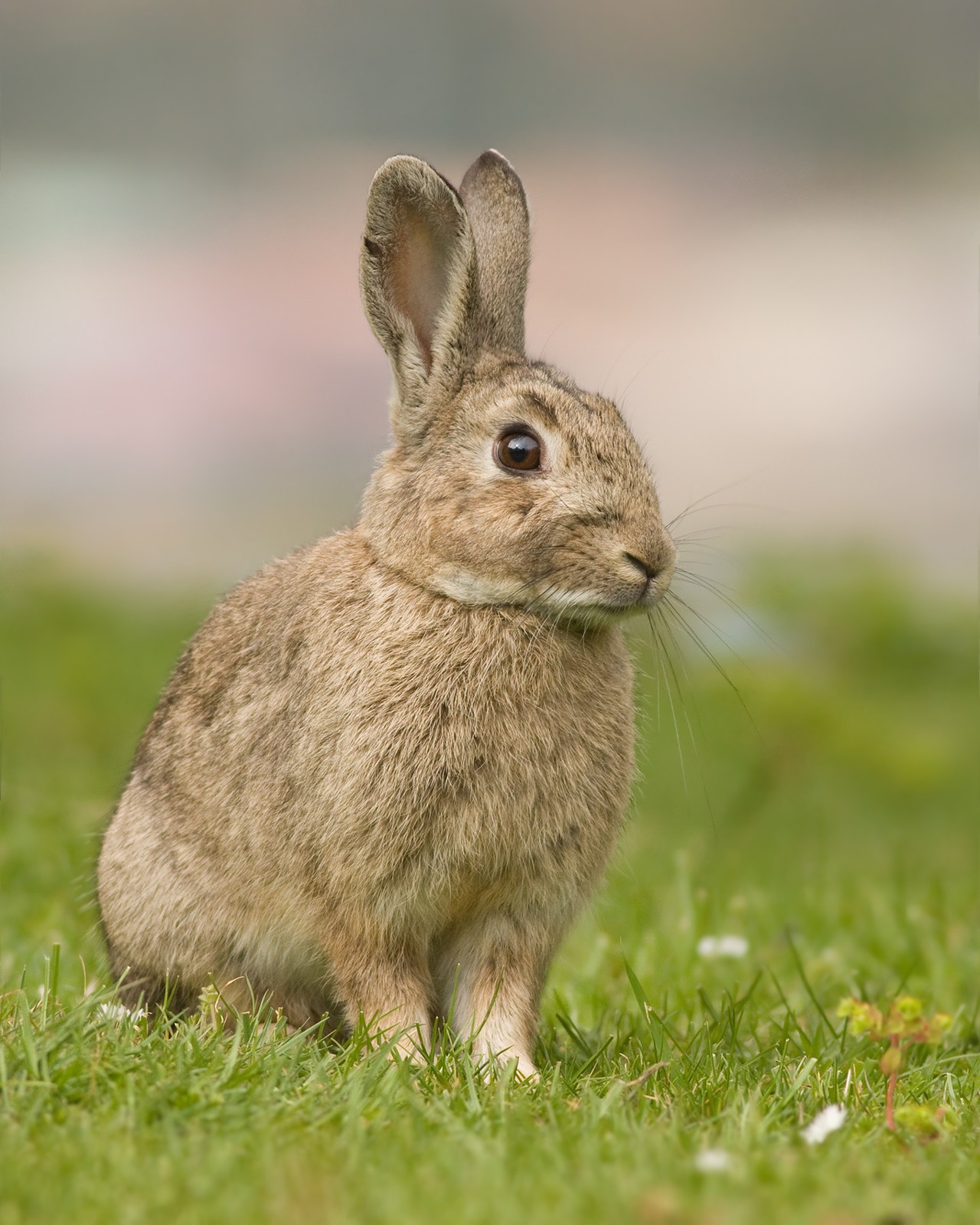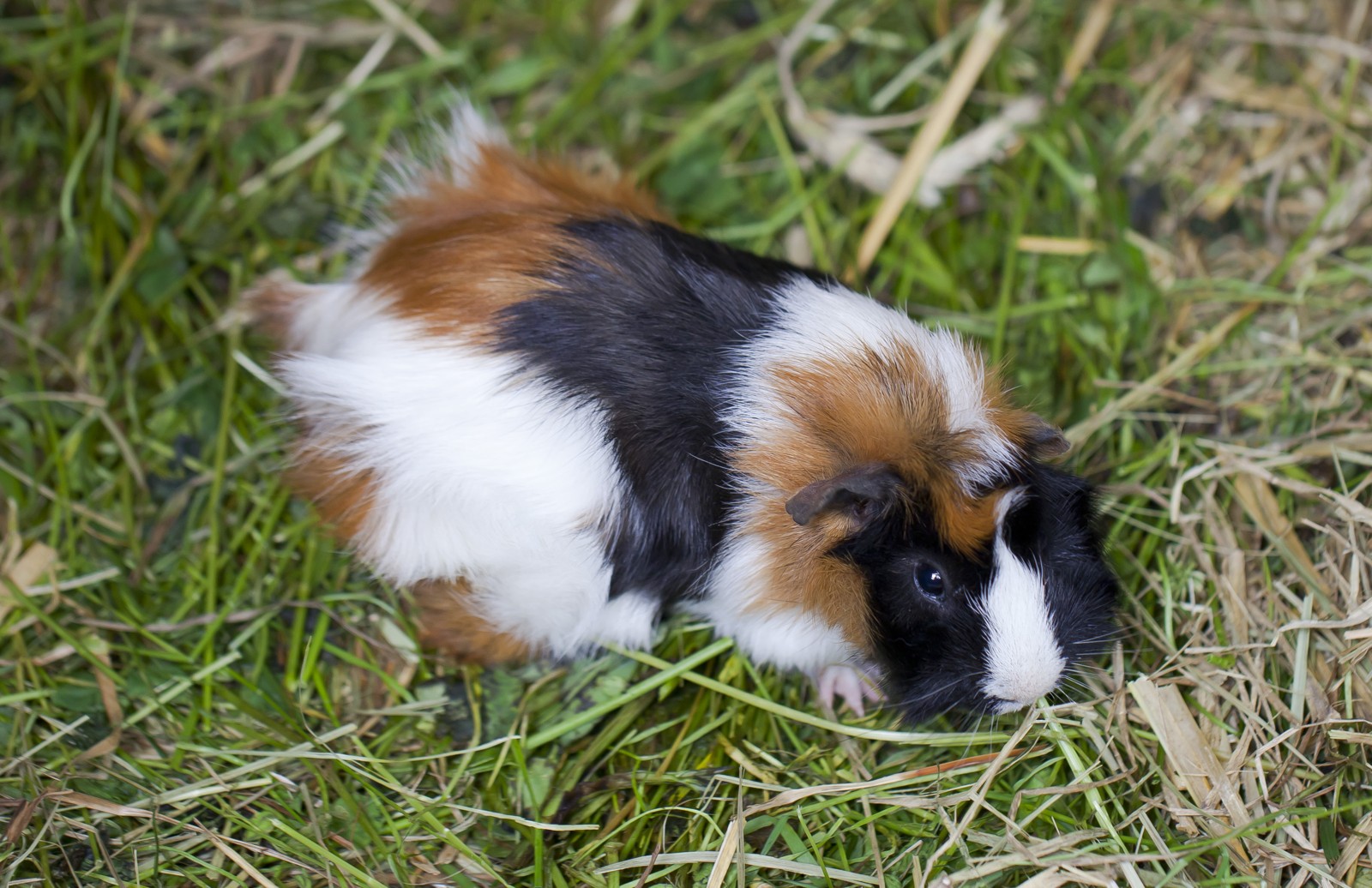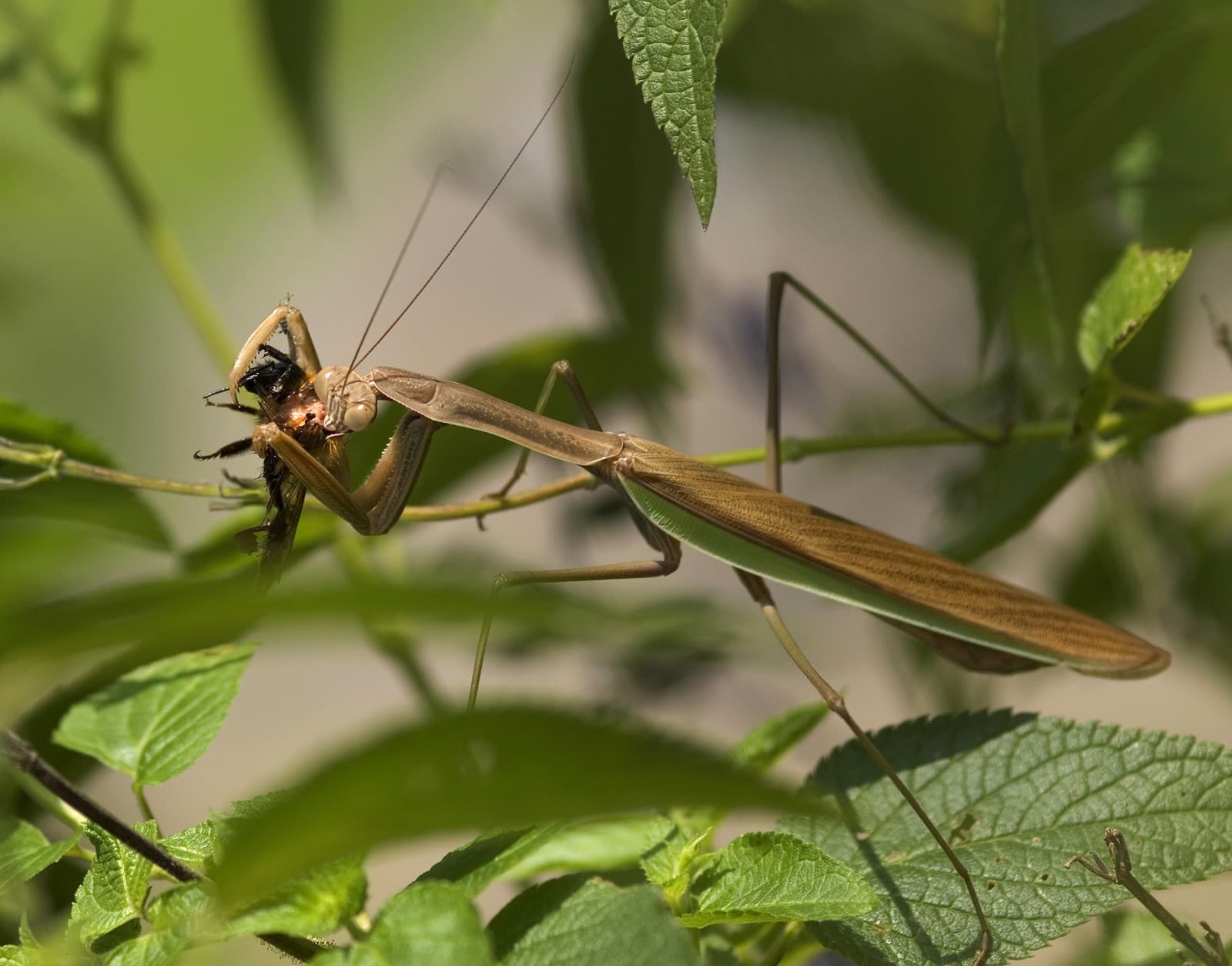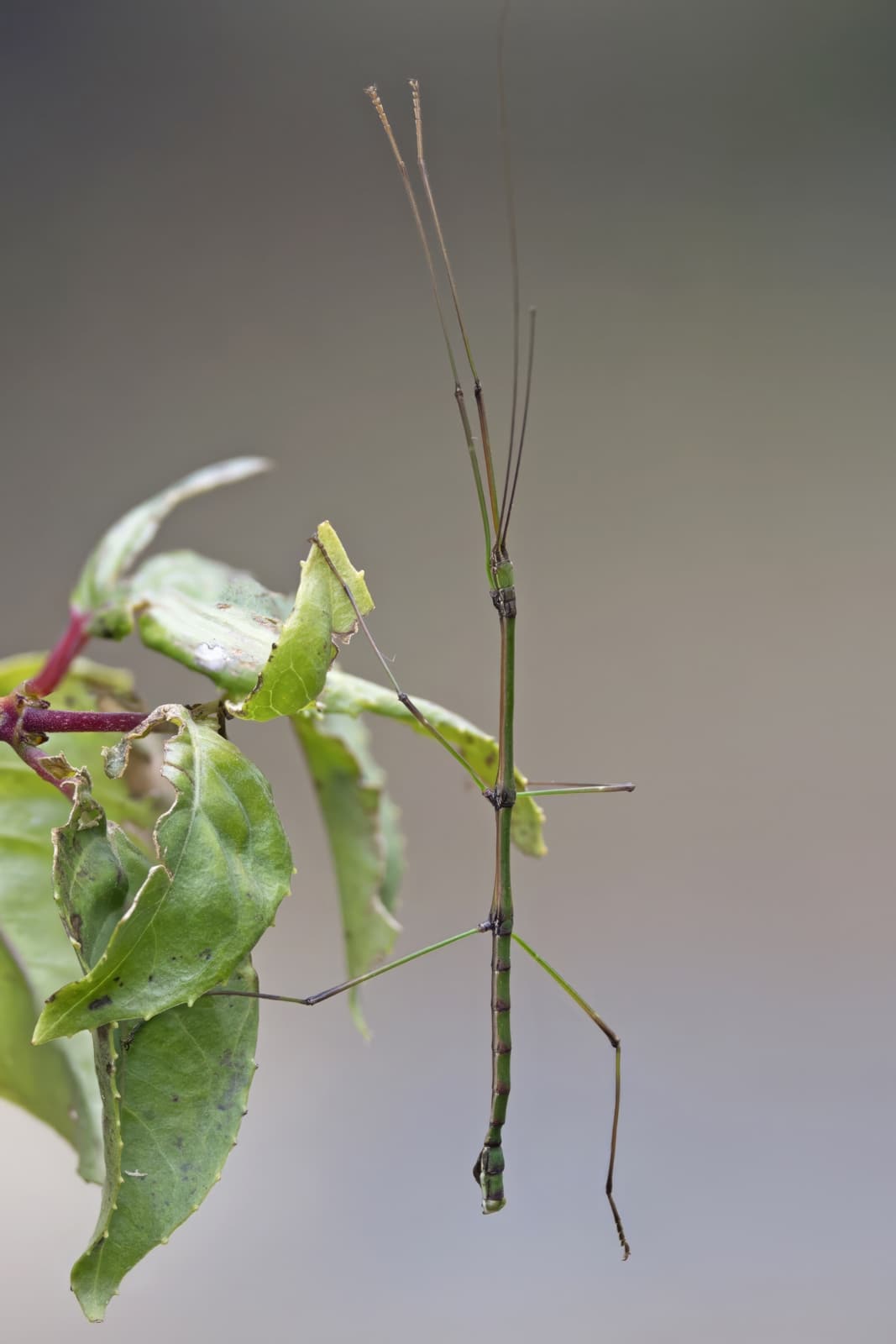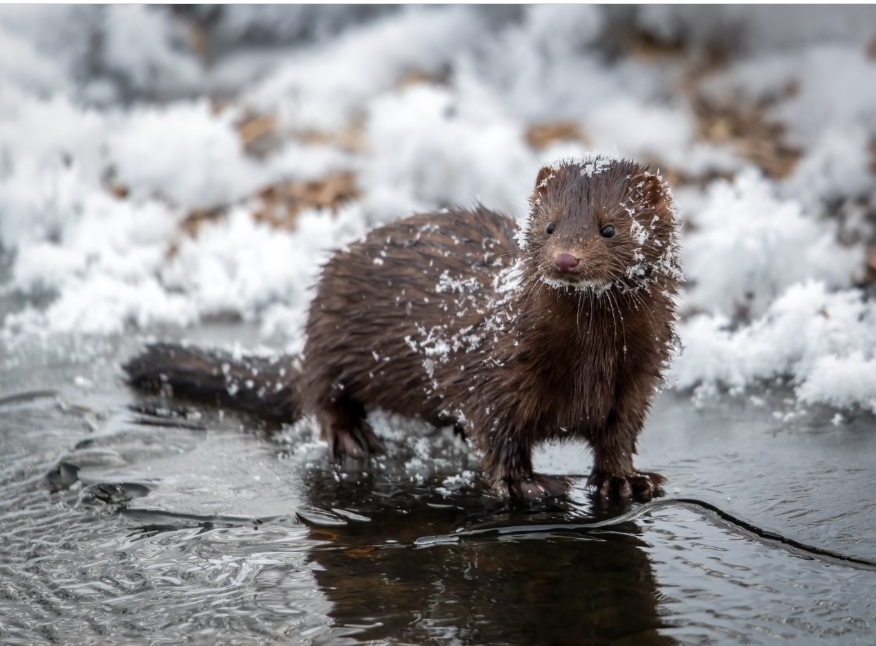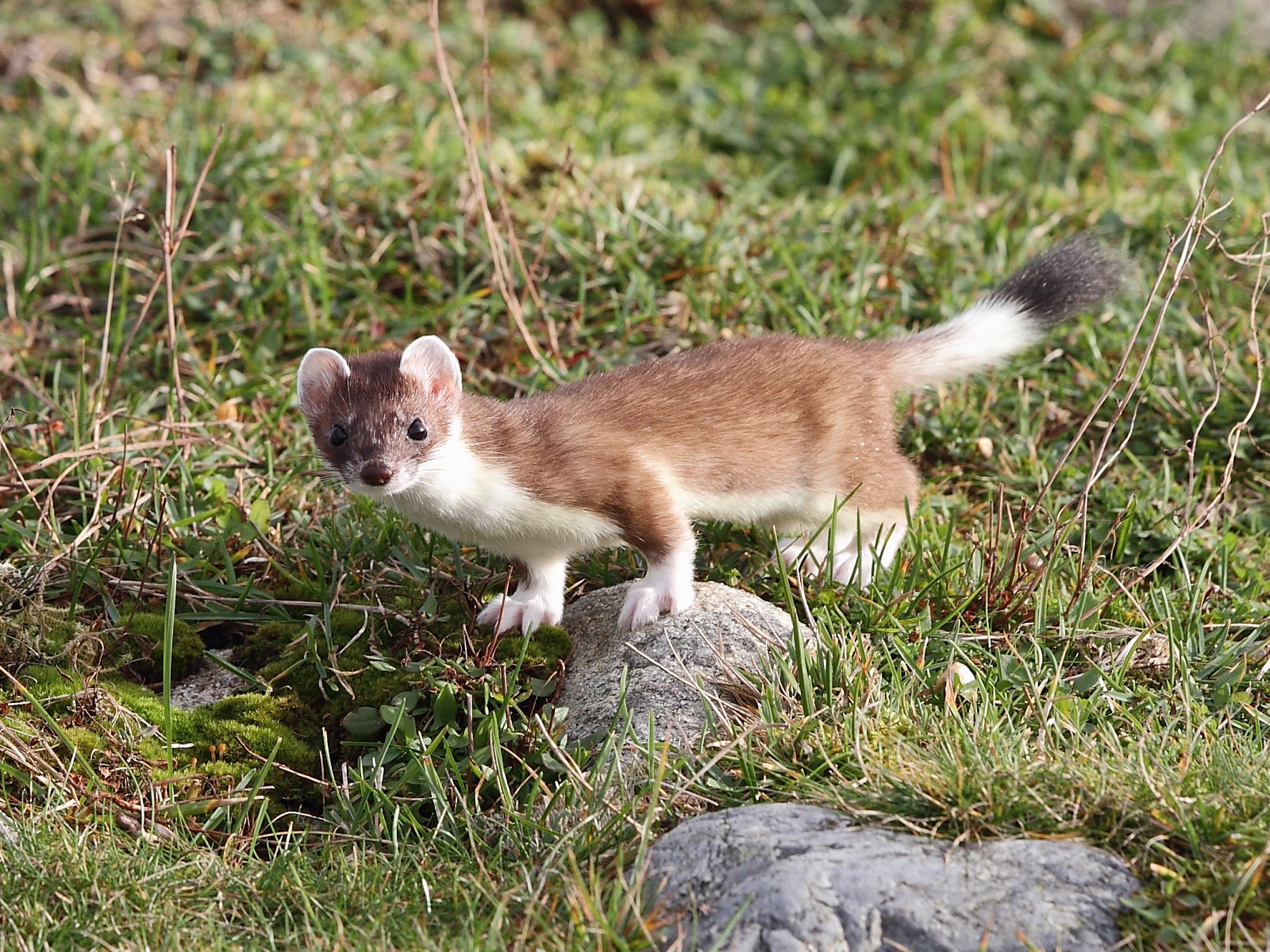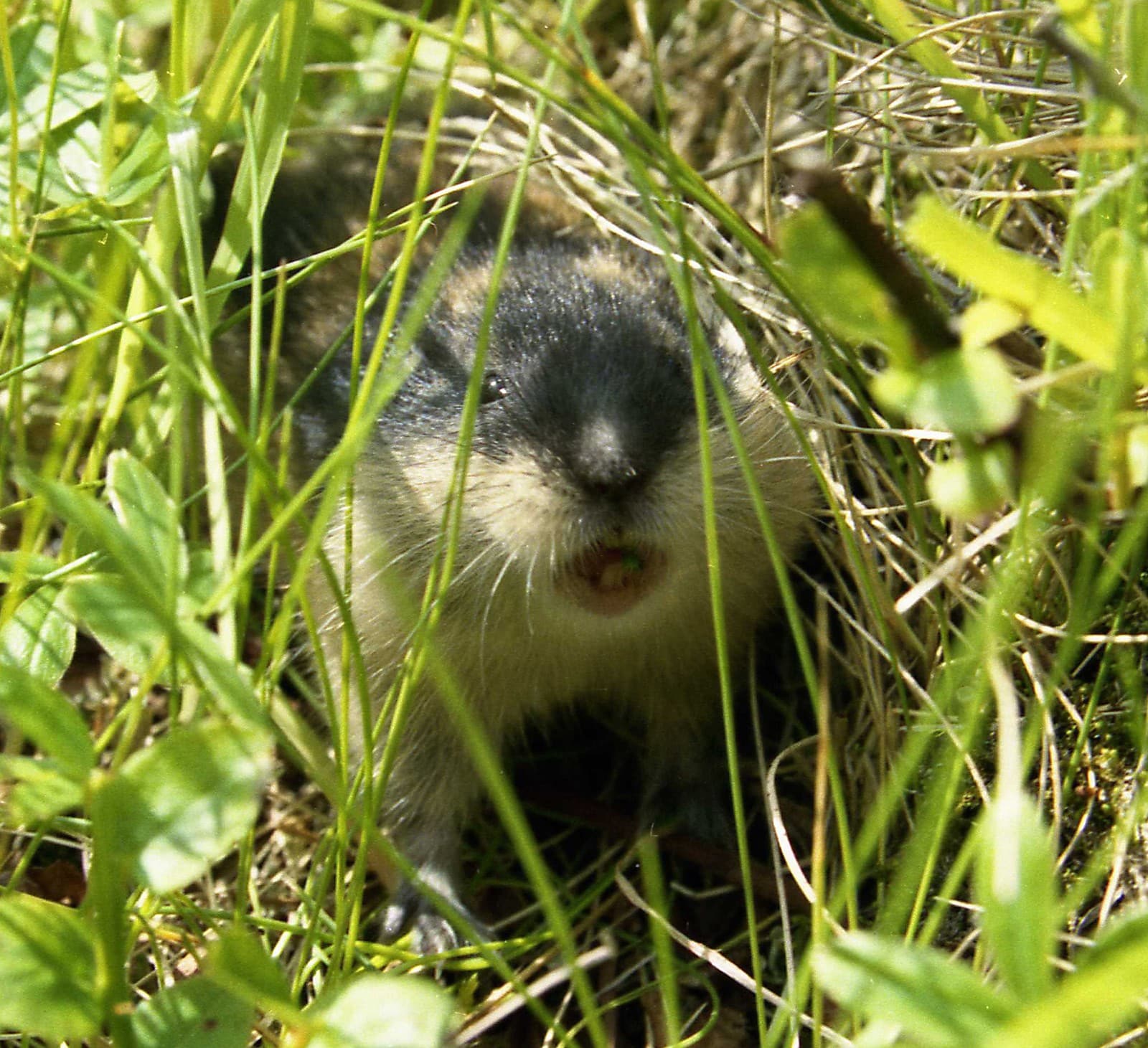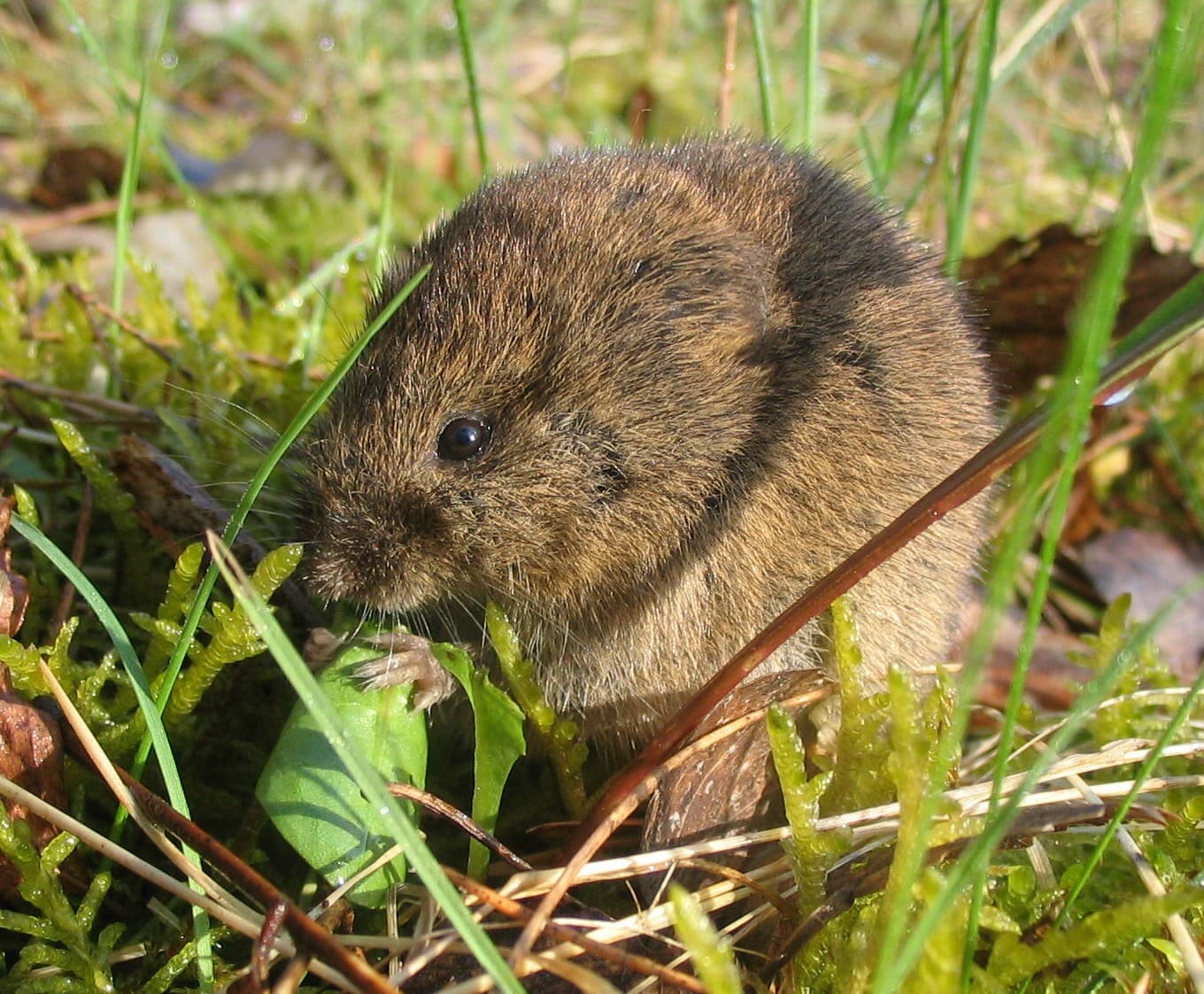Bottlenose Dolphin vs Pilot Whale: A Complete Comparison
When comparing the Bottlenose Dolphin vs Pilot Whale, size presents the most striking difference. Pilot whales dwarf their dolphin cousins, reaching lengths of 24 feet (7.3 meters) and weights up to 6,600 pounds (3,000 kg), while bottlenose dolphins typically measure 10-14 feet (3-4.3 meters) and weigh 1,100 pounds (500 kg).
Despite both being highly intelligent cetaceans, these marine mammals exhibit distinct hunting strategies and social behaviors. Pilot whales are deep-diving specialists that primarily hunt squid in pods of 20-90 individuals, while bottlenose dolphins prefer fish and hunt in smaller groups of 2-15 members in coastal waters.
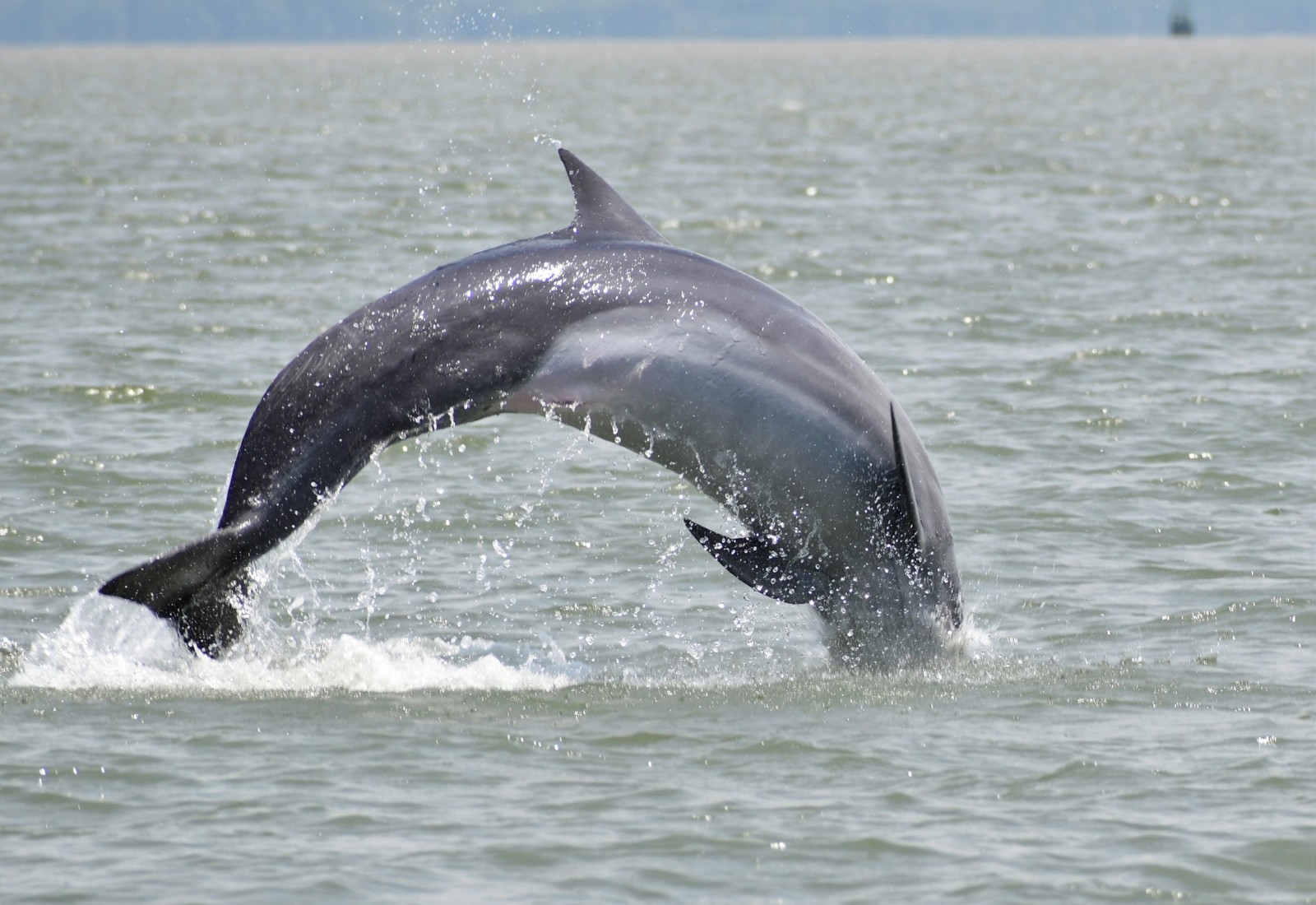
© JUAN ROMERO / CC BY-SA 4.0
The bottlenose dolphin’s athletic prowess is on full display as it breaches the surface, showcasing the streamlined body shape that makes it one of the ocean’s most agile predators.
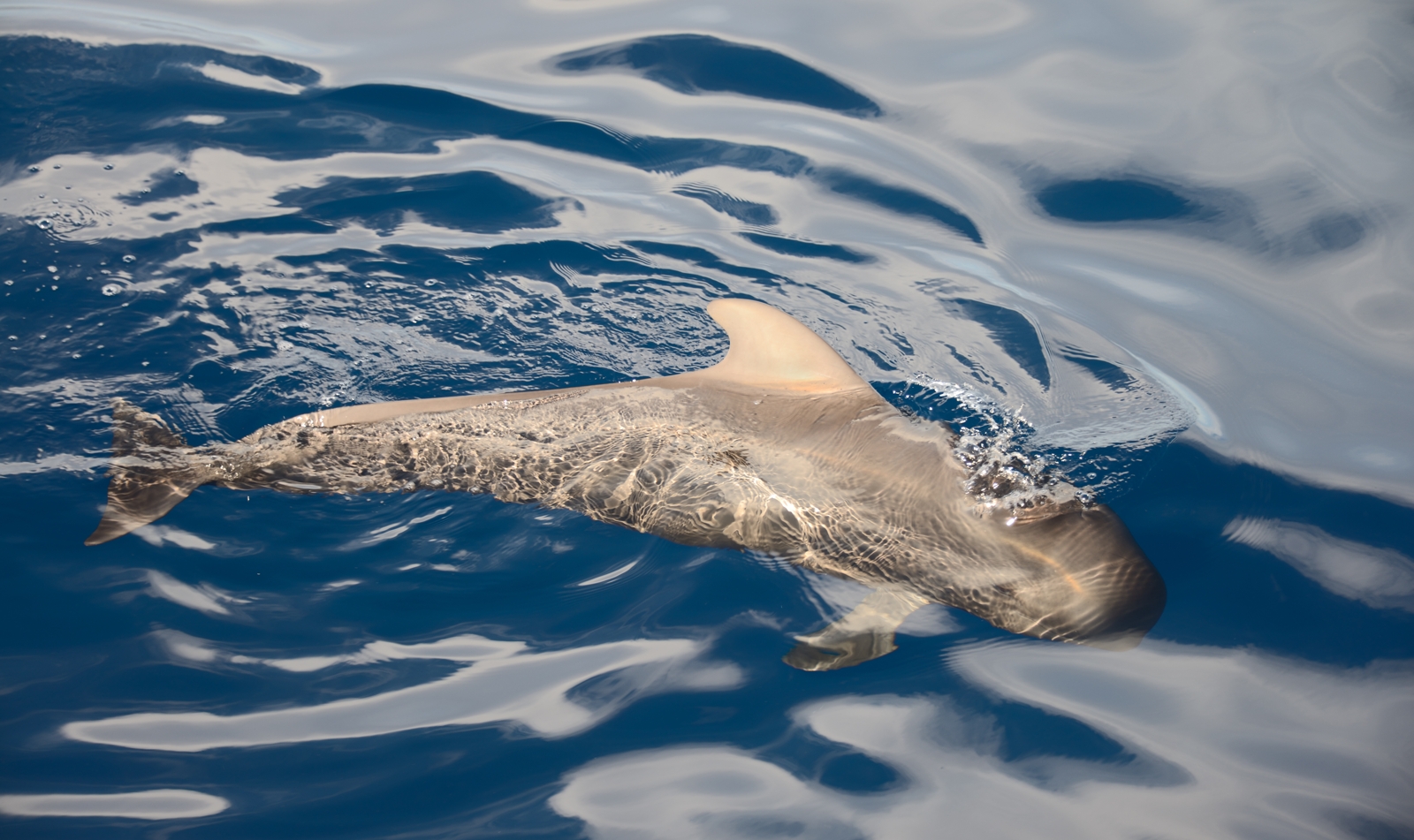
© Cayambe / CC BY-SA 3.0
A pilot whale’s distinctive bulbous head, known as a melon, sets it apart from the bottlenose dolphin’s more streamlined profile. This specialized organ plays a crucial role in echolocation.
Key Differences Between Bottlenose Dolphins and Pilot Whales
| Feature | Bottlenose Dolphin | Pilot Whale |
|---|---|---|
| Size | 10-14 feet (3-4.3 m) | 18-24 feet (5.5-7.3 m) |
| Weight | 660-1,100 lbs (300-500 kg) | 2,200-6,600 lbs (1,000-3,000 kg) |
| Head Shape | Streamlined with distinct beak | Bulbous melon without beak |
| Diving Depth | Up to 1,000 feet (305 m) | Up to 3,000 feet (914 m) |
| Primary Diet | Fish, squid, small rays | Deep-water squid, fish |
| Social Structure | Pods of 2-15 individuals | Pods of 20-90 individuals |
Habitat and Distribution
Bottlenose dolphins demonstrate remarkable adaptability, inhabiting both coastal waters and open oceans worldwide in temperate and tropical regions. They frequently navigate estuaries and river mouths, showcasing their versatility in different marine environments.
Pilot whales, by contrast, prefer deeper offshore waters and are typically found along continental shelf edges. Their distribution focuses on colder, more productive waters where their preferred prey, deep-water squid, concentrate in large numbers.
Hunting and Feeding Behavior
The hunting strategies of these marine mammals reflect their evolutionary adaptations. Bottlenose dolphins employ sophisticated techniques including:
- Fish herding against sand banks
- Cooperative hunting in coordinated groups
- Using their tail flukes to stun prey
- “Mud ring” feeding in shallow waters
Pilot whales specialize in deep-diving hunting, with remarkable capabilities:
- Diving to depths exceeding 3,000 feet (914 m)
- Using powerful echolocation to track squid
- Coordinated group hunting in deep water
- Extended dive times up to 20 minutes
Intelligence and Social Structure
Both species demonstrate exceptional intelligence, but their social structures differ significantly. Bottlenose dolphins form fluid social groups with strong mother-calf bonds lasting 3-6 years. Their pod size typically ranges from 2-15 individuals, though larger groups may form temporarily.
Pilot whales maintain more stable, matrilineal social units throughout their lives. Their pods, averaging 20-90 members, exhibit strong family bonds where offspring of both sexes remain with their maternal pod. This social structure more closely resembles that of killer whales than bottlenose dolphins.
Conservation Status and Threats
While both species face similar environmental challenges, their conservation status and primary threats differ:
Bottlenose Dolphins:
- Listed as Least Concern by IUCN
- Primary threats include habitat degradation
- Coastal population vulnerability to pollution
- Occasional entanglement in fishing gear
Pilot Whales:
- Listed as Data Deficient (Short-finned) and Least Concern (Long-finned)
- Mass stranding events pose significant risks
- Deep-sea fishing operations impact prey availability
- Acoustic pollution affects navigation
Both species play crucial roles as apex predators in their respective ecosystems, making their conservation vital for maintaining marine biodiversity and health.
